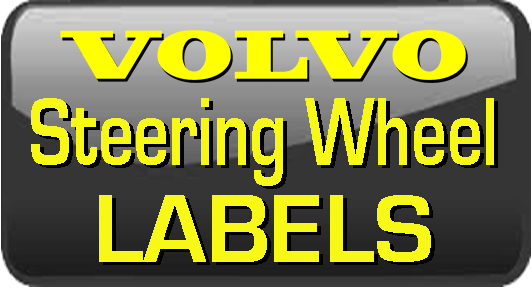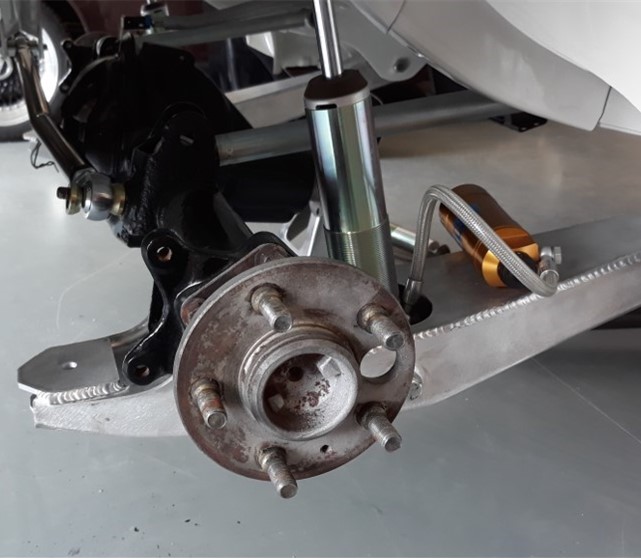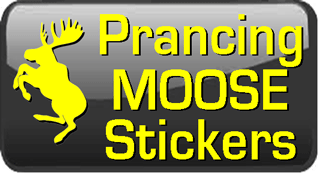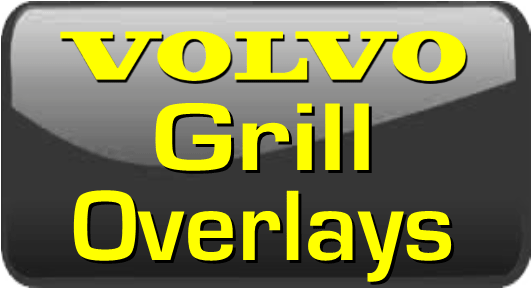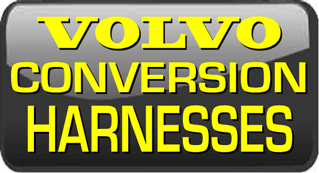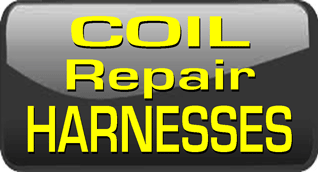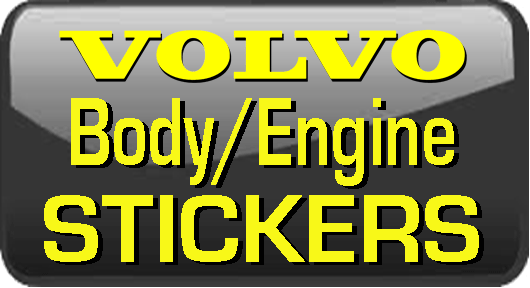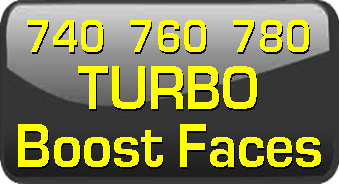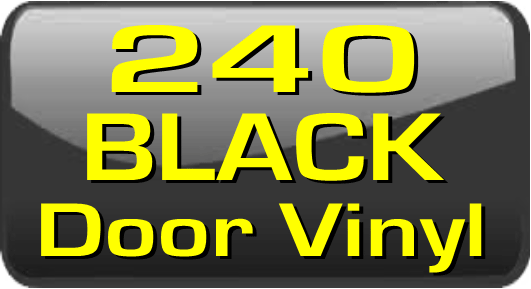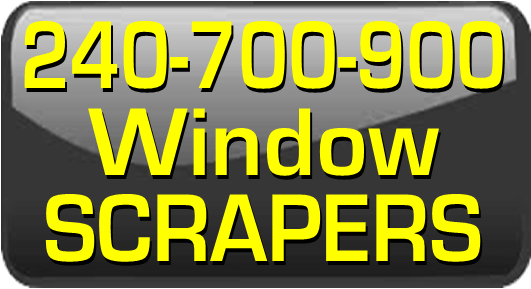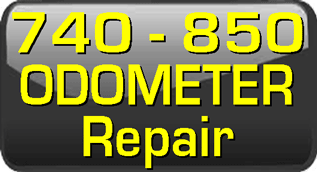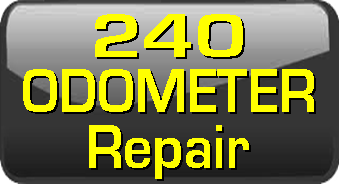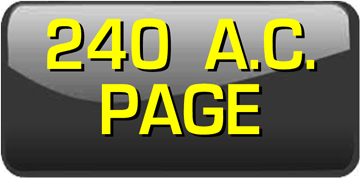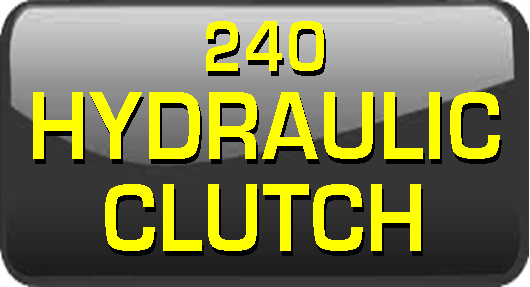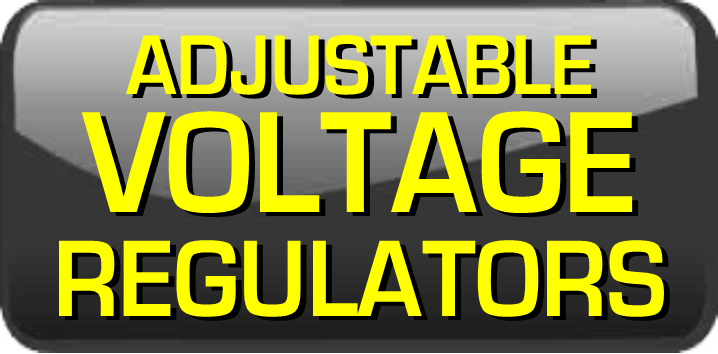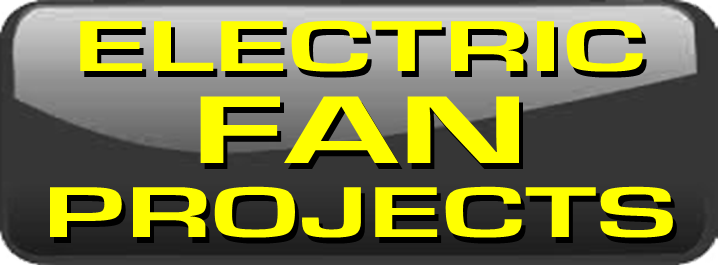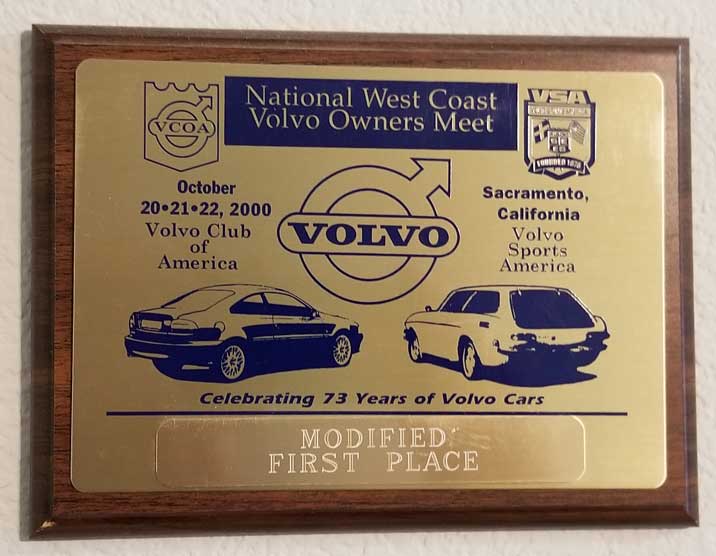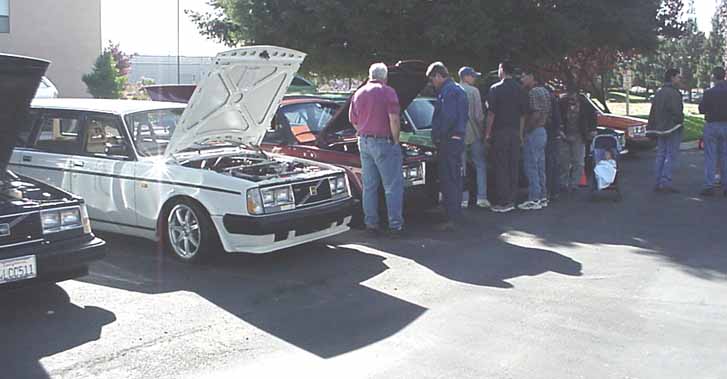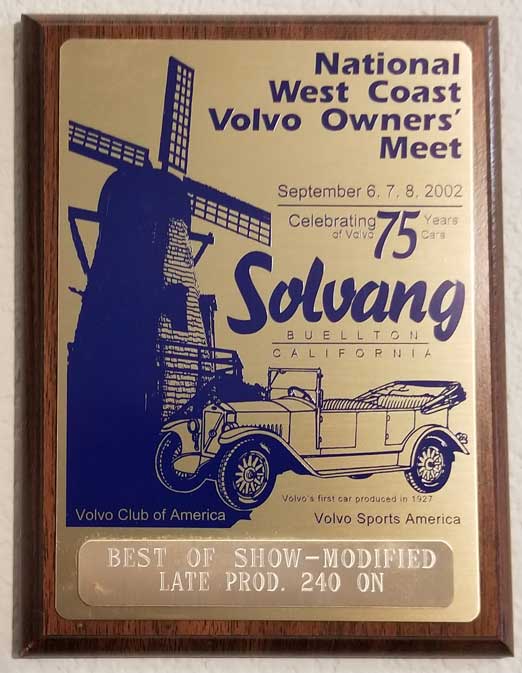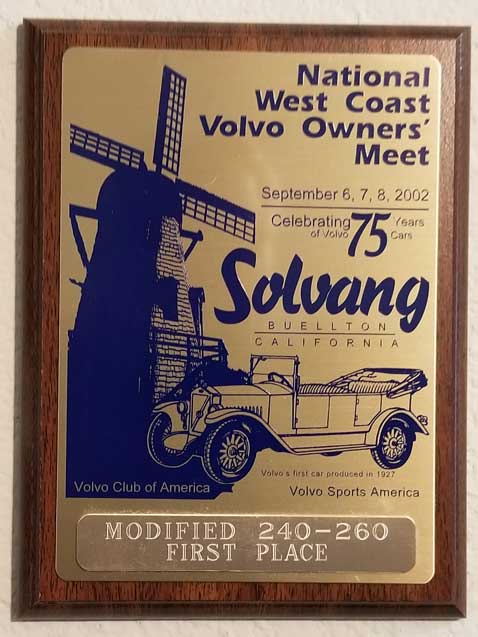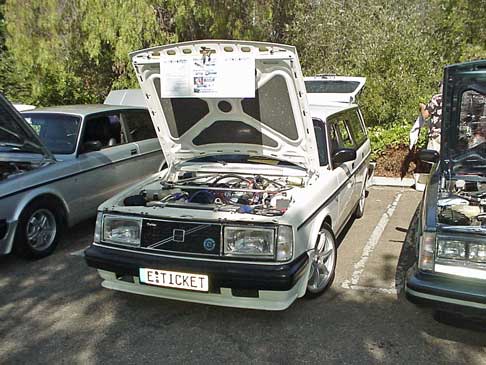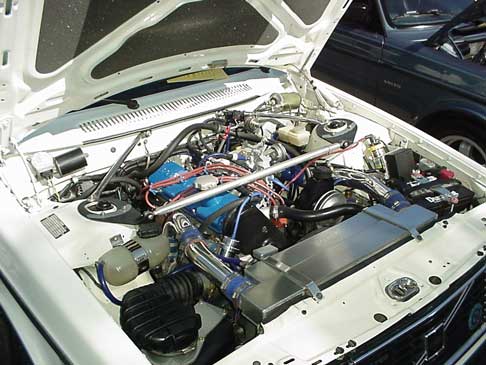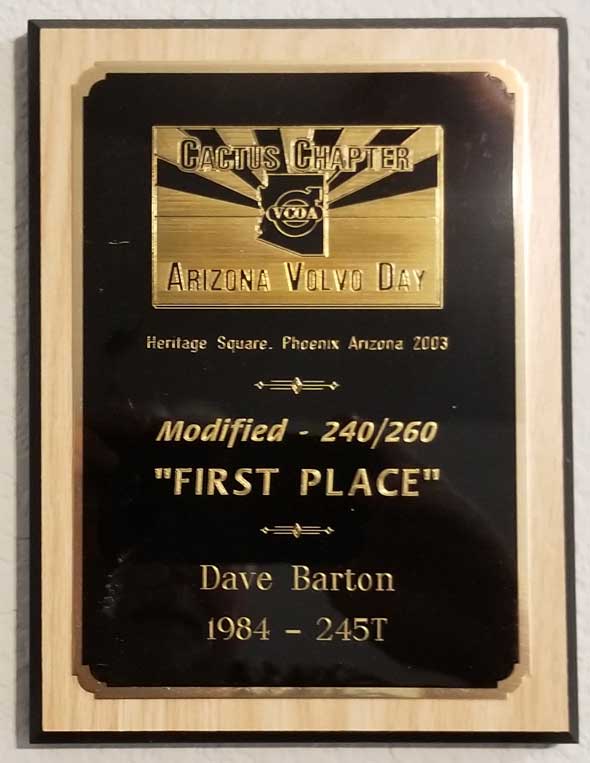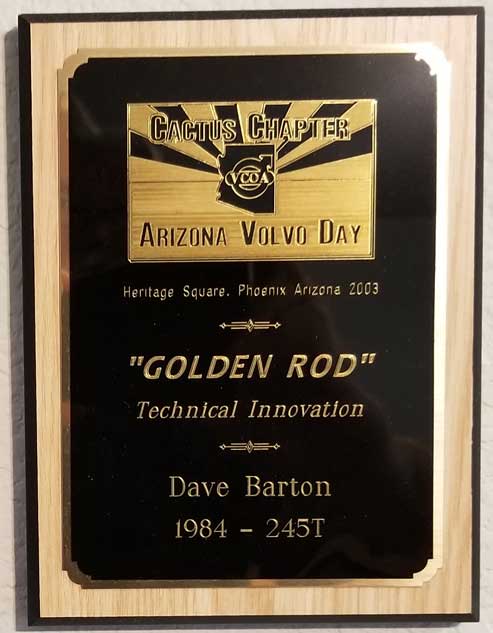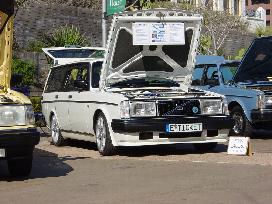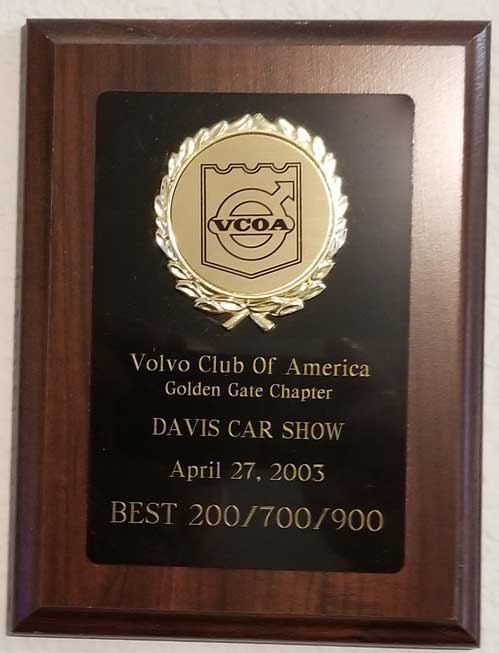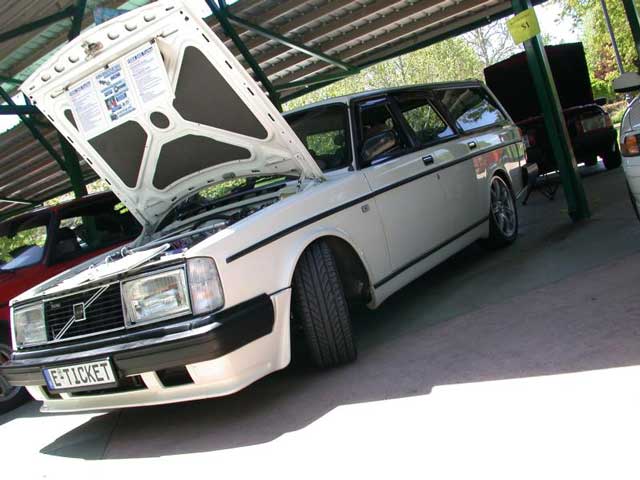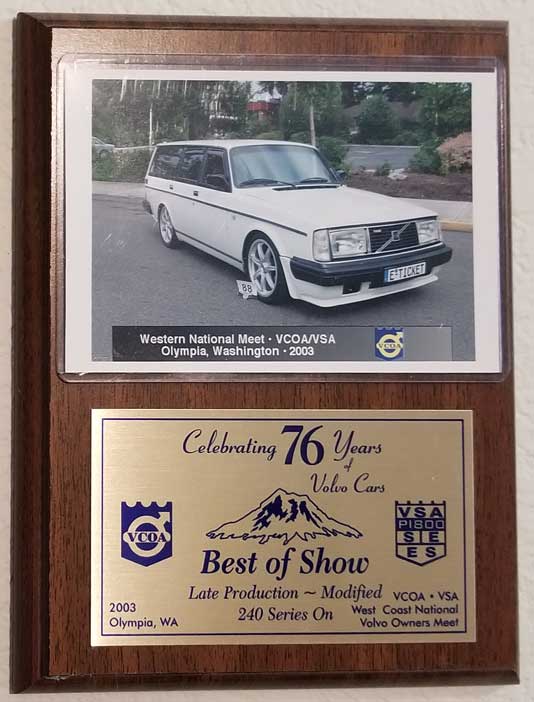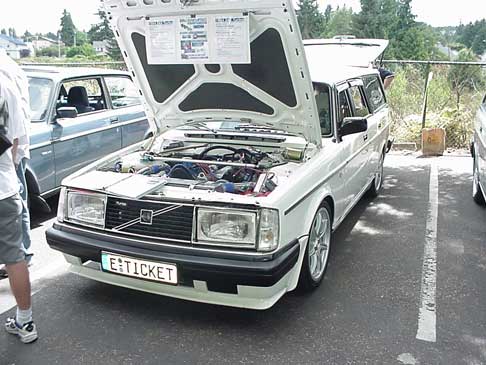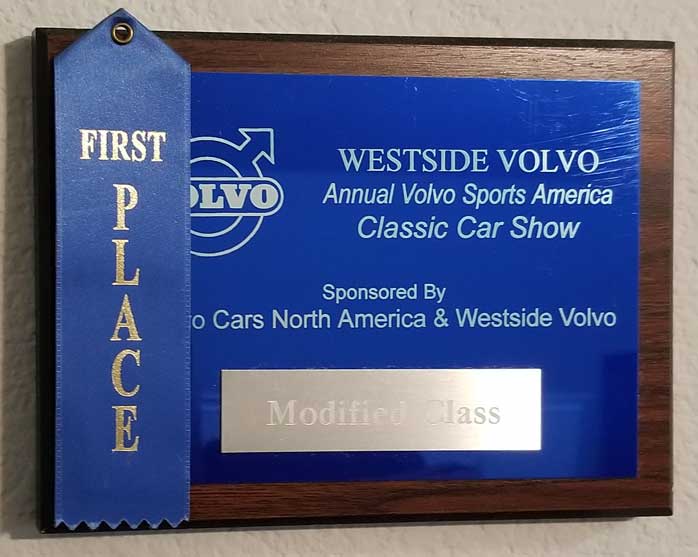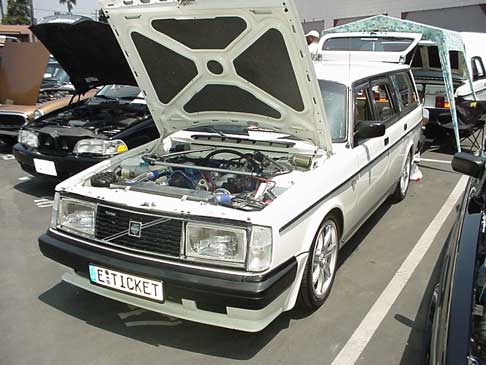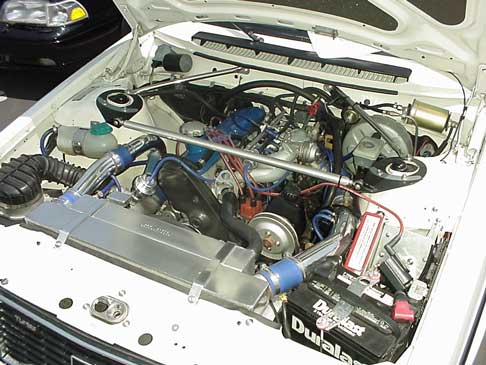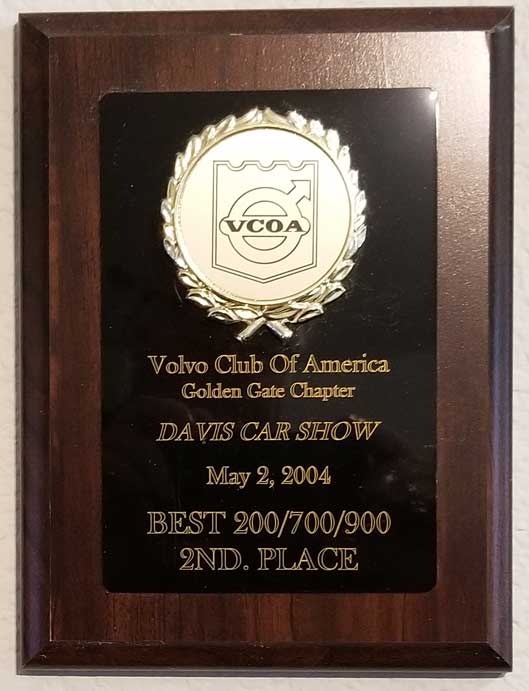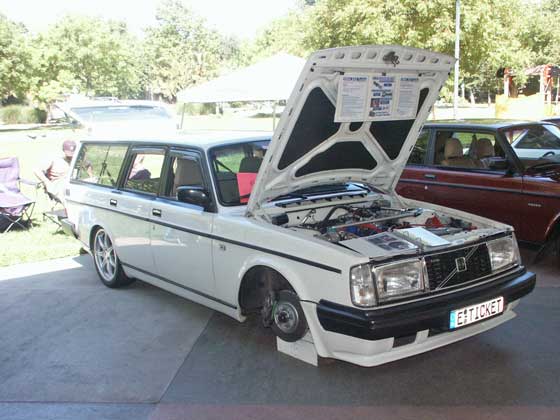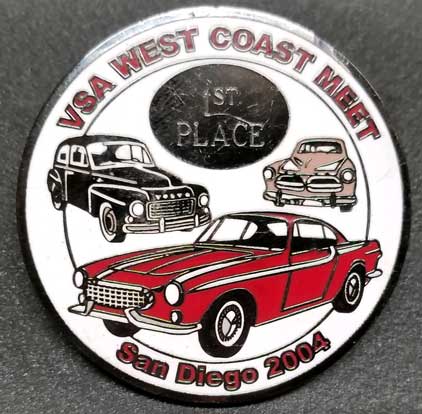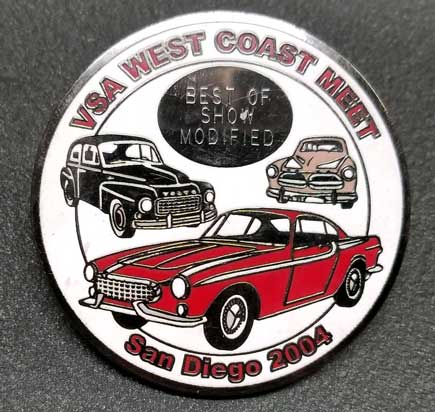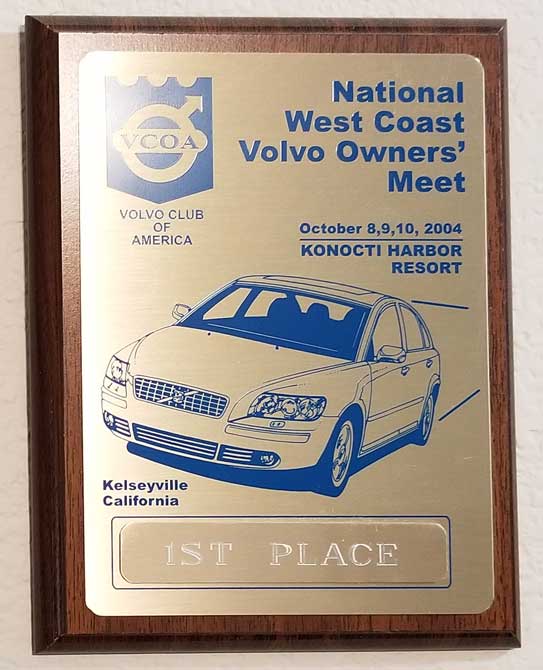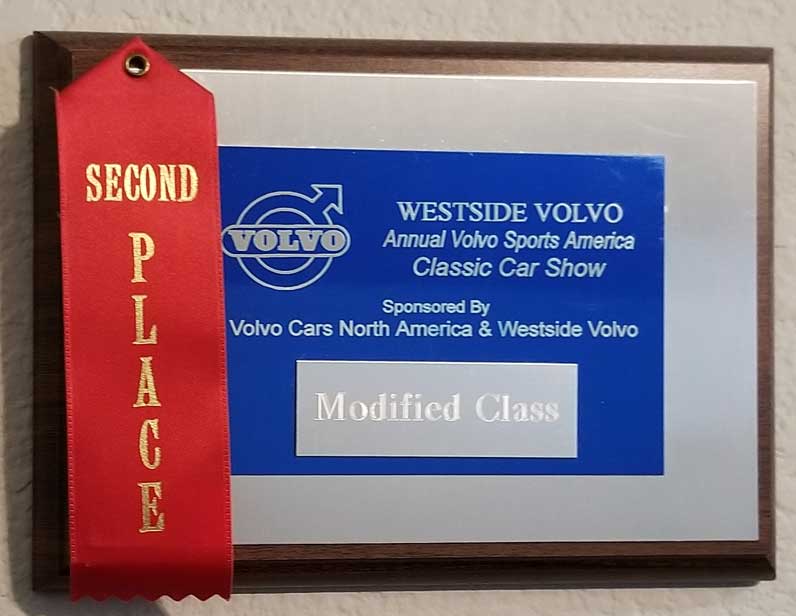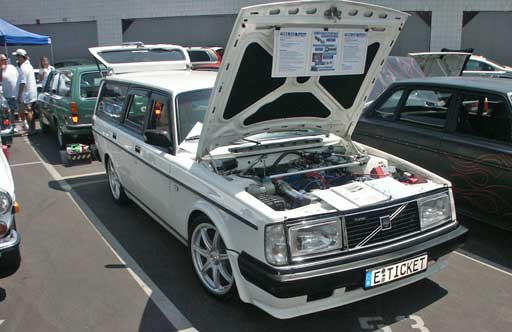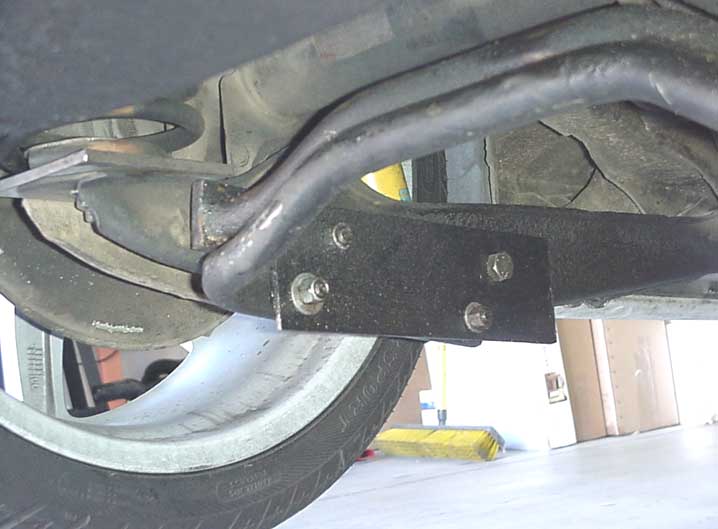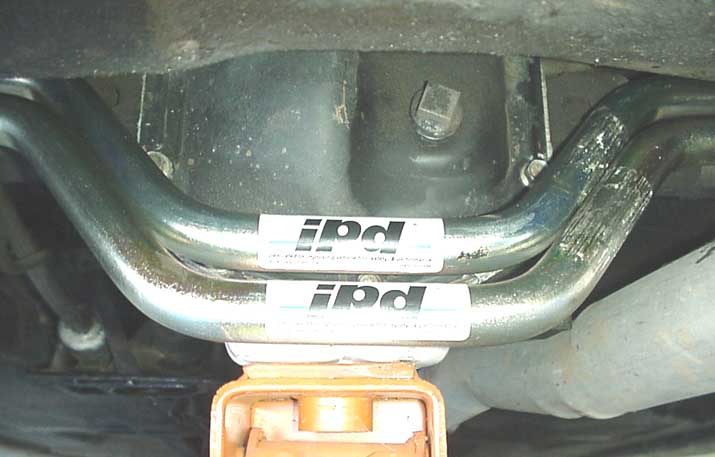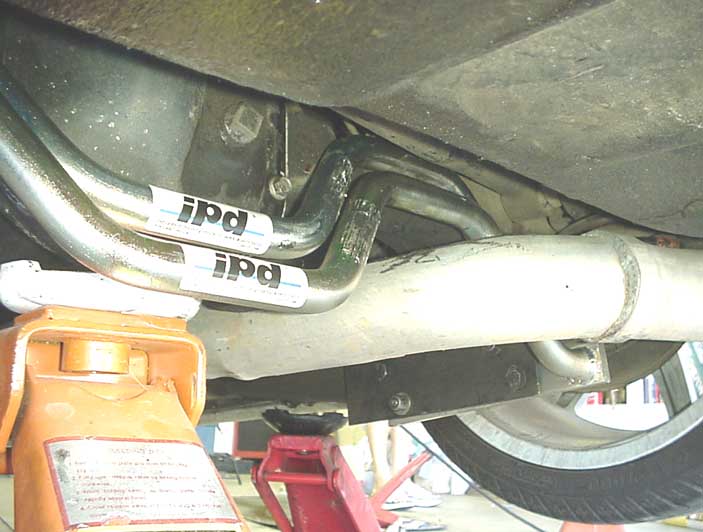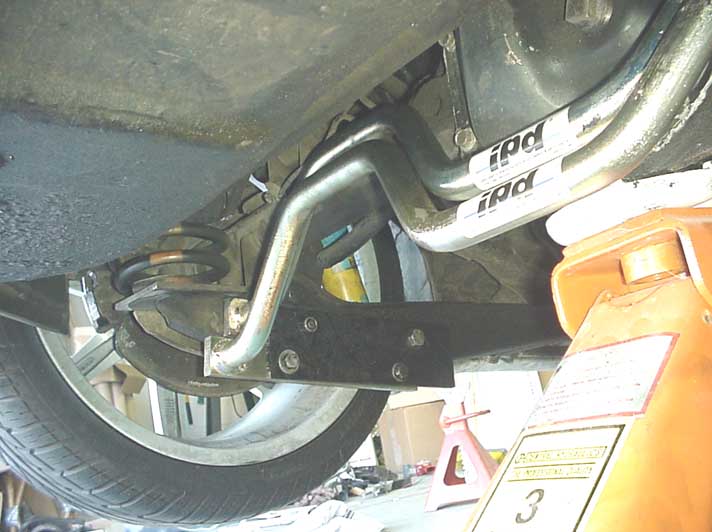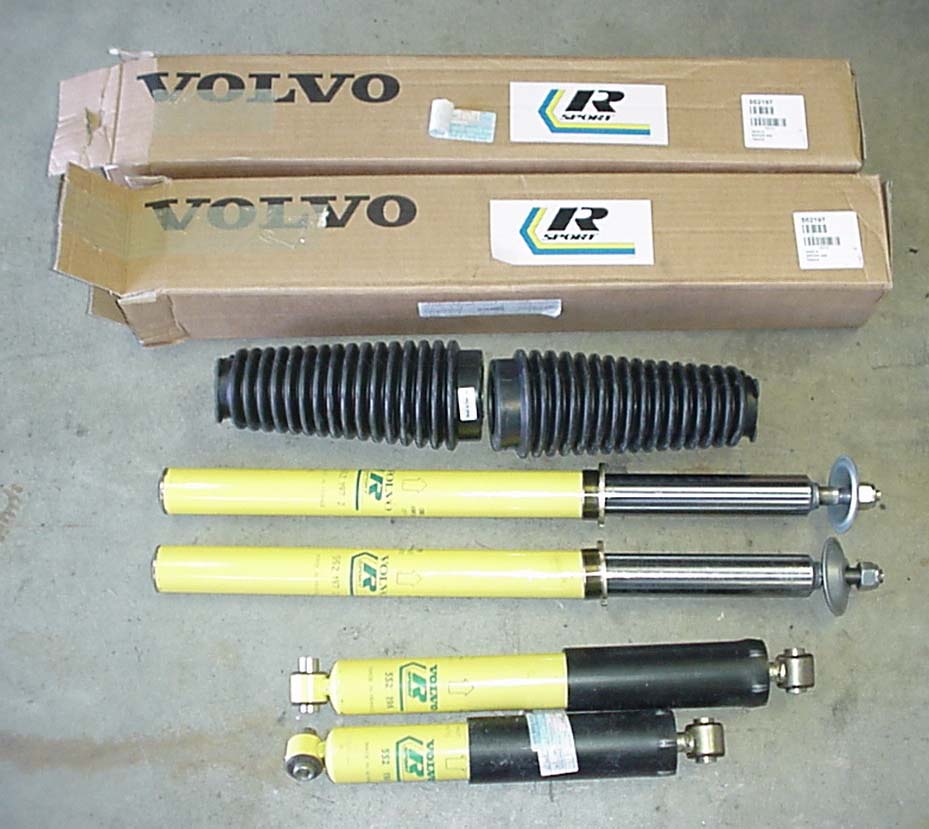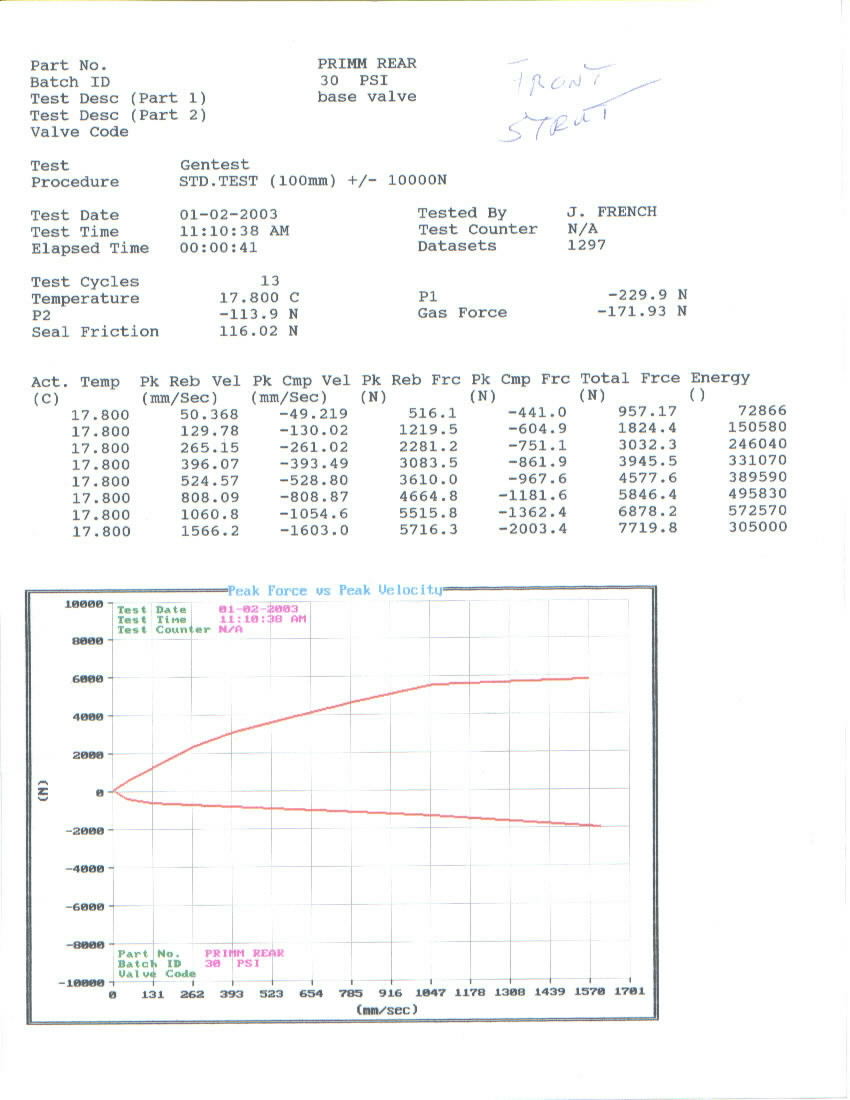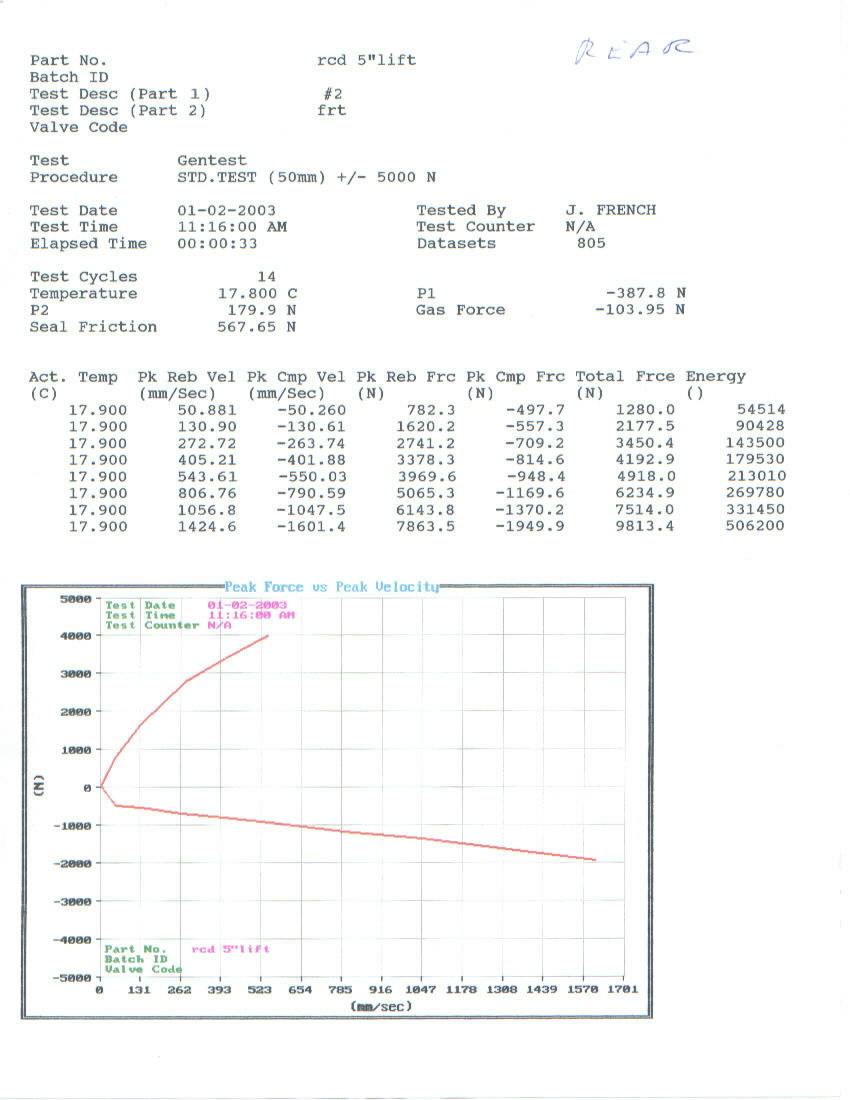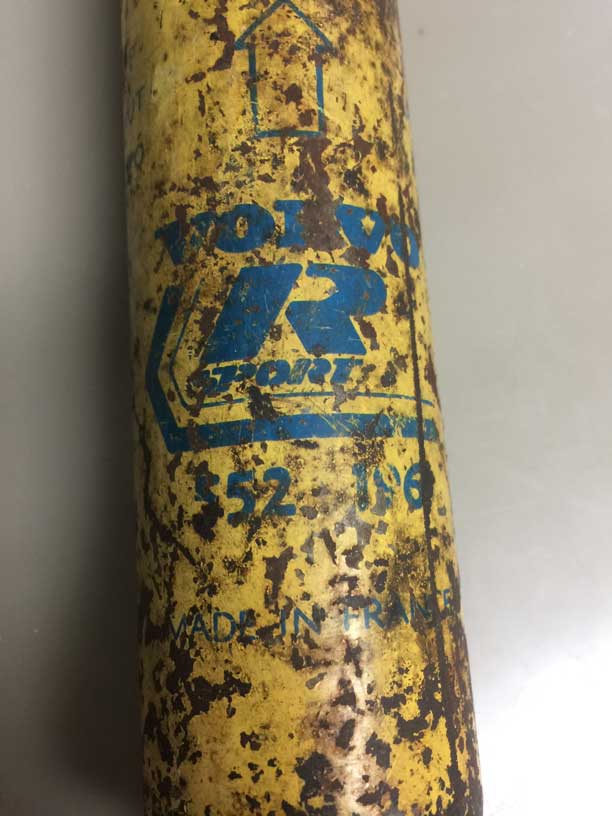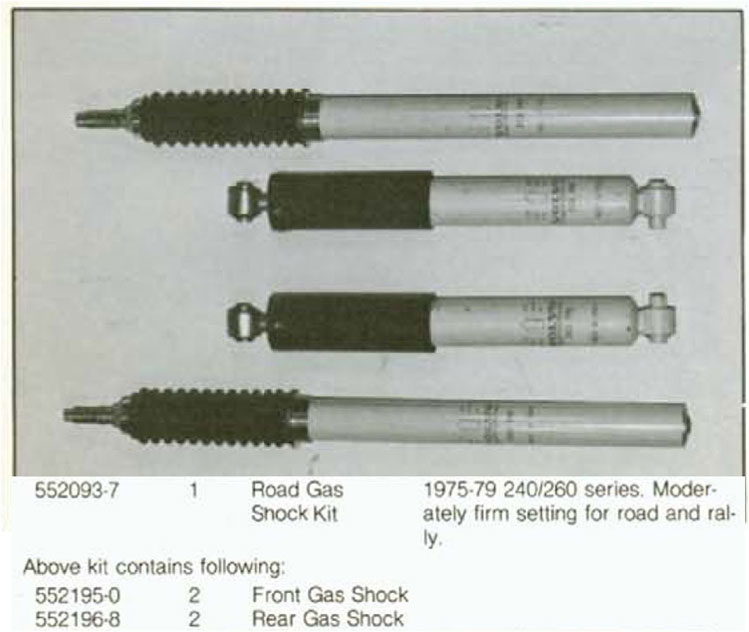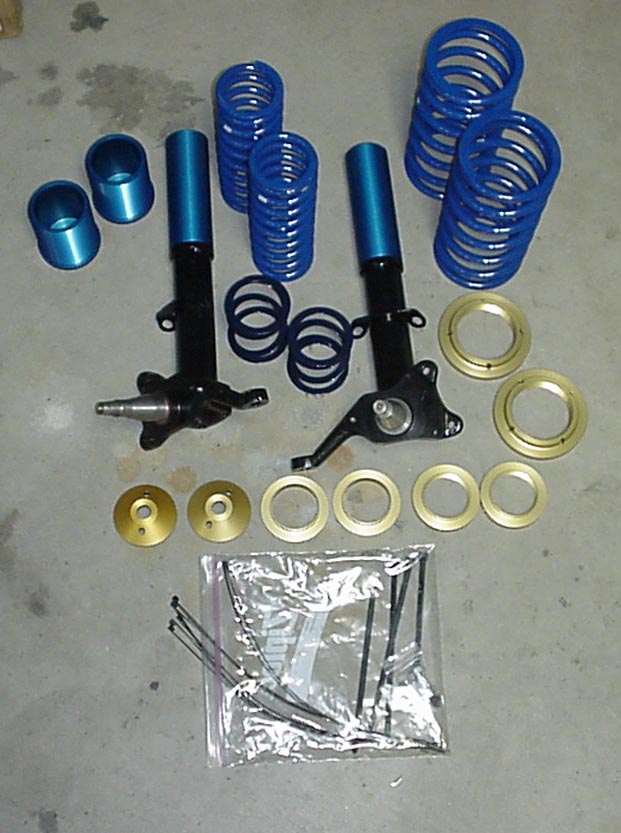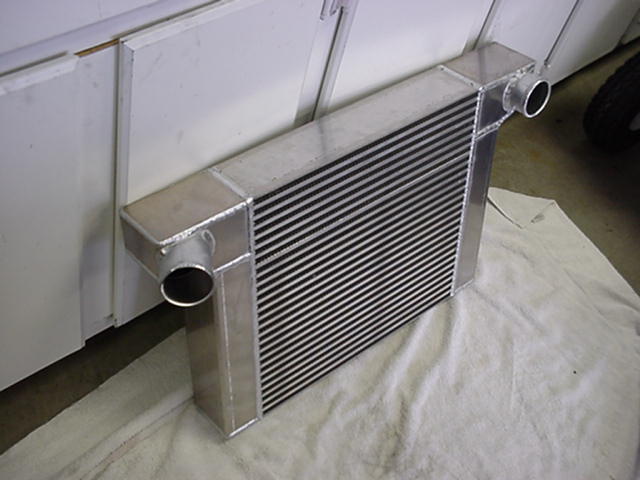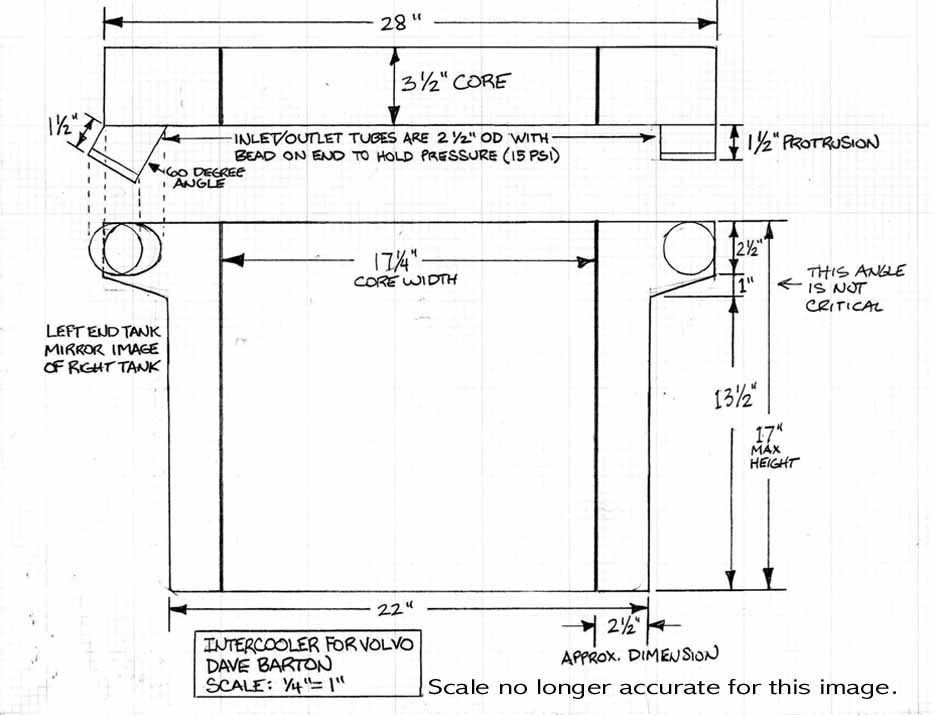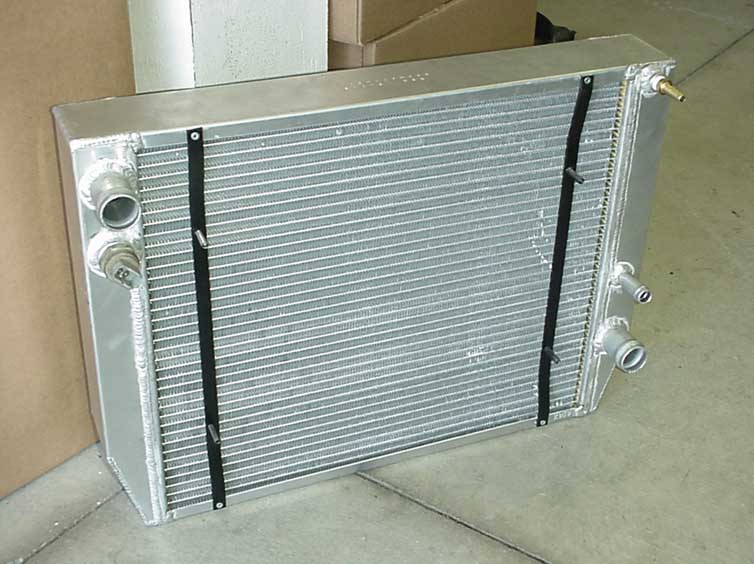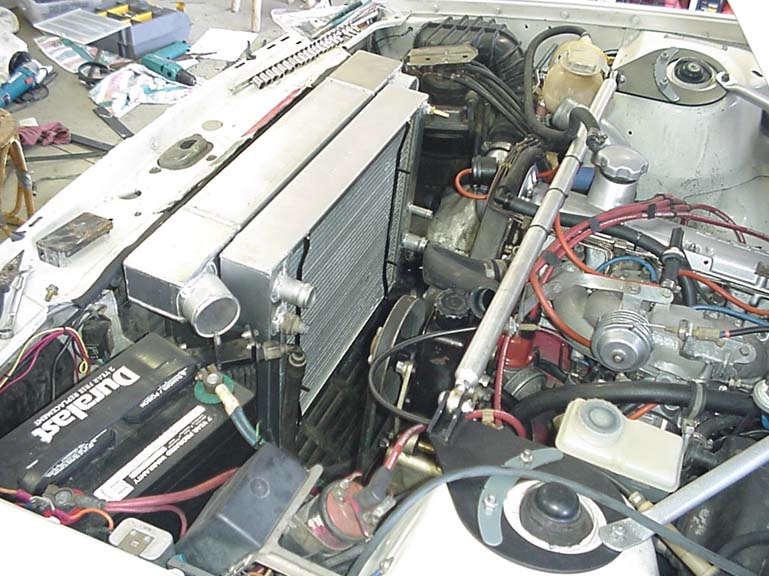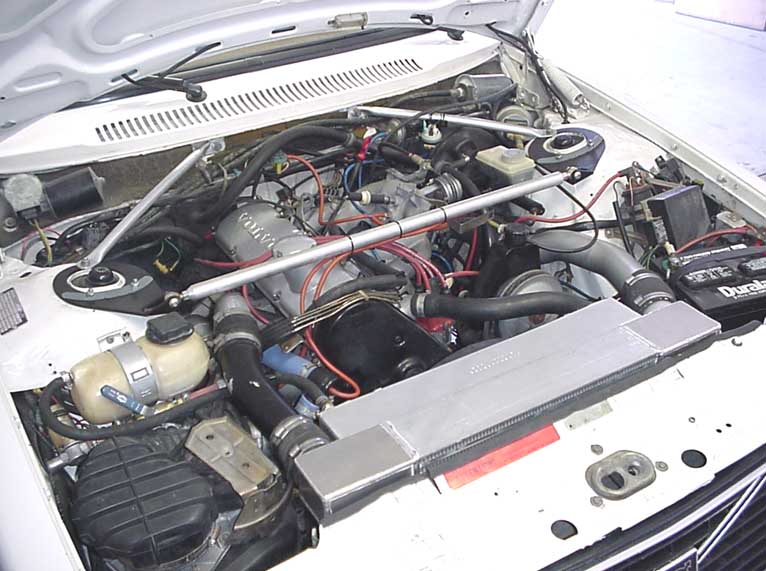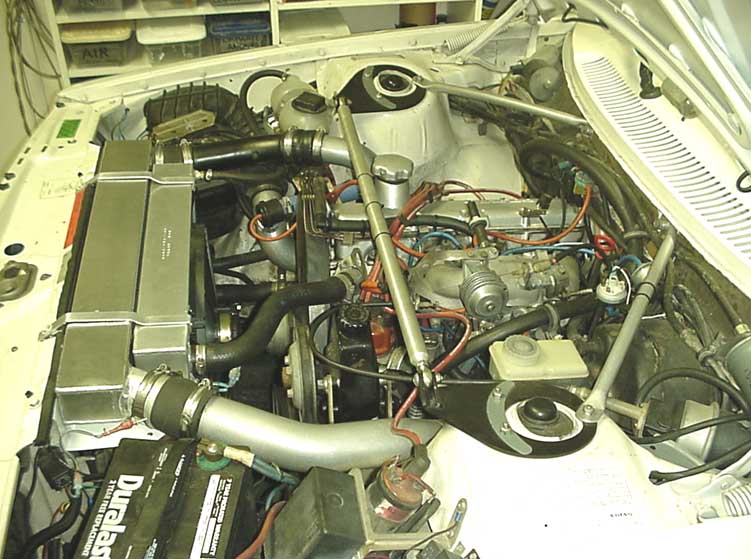| For
comparison, measurements are in NEWTONS and at a peak velocity of 500
mm/second (19.7 in./second) on Bilstein's computerized dynamometer. |
BILSTEIN HD SPECS
|
Rebound/Compression |
Part Number
|
NOTES
|
| Original
Bilstein
HD Front STRUT: |
129/75 |
34-181539
|
Front
Bilstein HD strut supplied by iPd
|
| Original
Bilstein
HD Rear SHOCK: |
225/107 |
24-002967 |
Rear
Bilstein HD stock supplied by iPd |
|
|
|
|
| Re-valved
HD Front STRUT: |
220/100 |
P36-0081
|
Front
Bilstein HD strut custom re-valved 34-181539 by Krupp-Bilstein San
Diego recommendation for 245 front with 152 lb. spring rate.
|
| Re-valved
HD Rear
SHOCK: |
300/120 |
B46-0296
|
Rear
Bilstein HD shock custom re-valved 24-002967 by Krupp-Bilstein San
Diego recommendation for 245 rear with 129 lb. spring rate.
|
|
|
|
|
OTHER
BILSTEIN SPECS
|
|
|
|
Bilstein HD (B6)
Front STRUT:
|
350/150
|
34-030837 |
Front
Bilstein HD (B6) strut designated for rallye
|
Bilstein HD (B6) Rear SHOCK:
|
275/200
|
24-022118 |
Rear
Bilstein HD (B6) shock designated for rallye |
|
|
|
|
Bilstein HD (B6) Front STRUT:
|
305/206
|
34-030806 |
Front
Bilstein HD (B6) strut designated for cup/clubsport. These
are a bit shorter. |
Bilstein HD (B6) Rear SHOCK:
|
225/150
|
33-067230 |
Rear
Bilstein HD (B6) shock designated for cup/clubsport. These
are a bit shorter. |
|
|
|
|
| Bilstein HD (B6) Front STRUT: |
300/175
|
34-031520 |
Front
Bilstein HD (B6) strut designated for ambulance |
MEASUREMENT NOTES: Bilstein measures
its damping force in Newtons at a velocity of 500 mm/second (which
is approximately 20 inches/second). One Newton is the amount of force
required to accelerate 1 kilogram of mass to a rate of 1 meter per
second squared. Bilstein damping ratings involve two numbers, which represent the Rebound Force and the Compression Force — written as XXX/XXX. These numbers are an abbreviation representing 1/10 of the Newton value result. For example, a rating of 300/120
means 3000 Newtons rebound and 1200 Newtons compression at the specified velocity. Higher numbers
have firmer damping forces than lower numbers, so a shock rated at
300/120 will be stiffer than one rated at 130/75.
Some shock companies like to use Pounds-Force (lbs.F) for measuring
damping. this is commonly used used by Koni and Gaz. These figures may be
converted: 1 pound (lb) = 4.45 Newtons (N).
|










